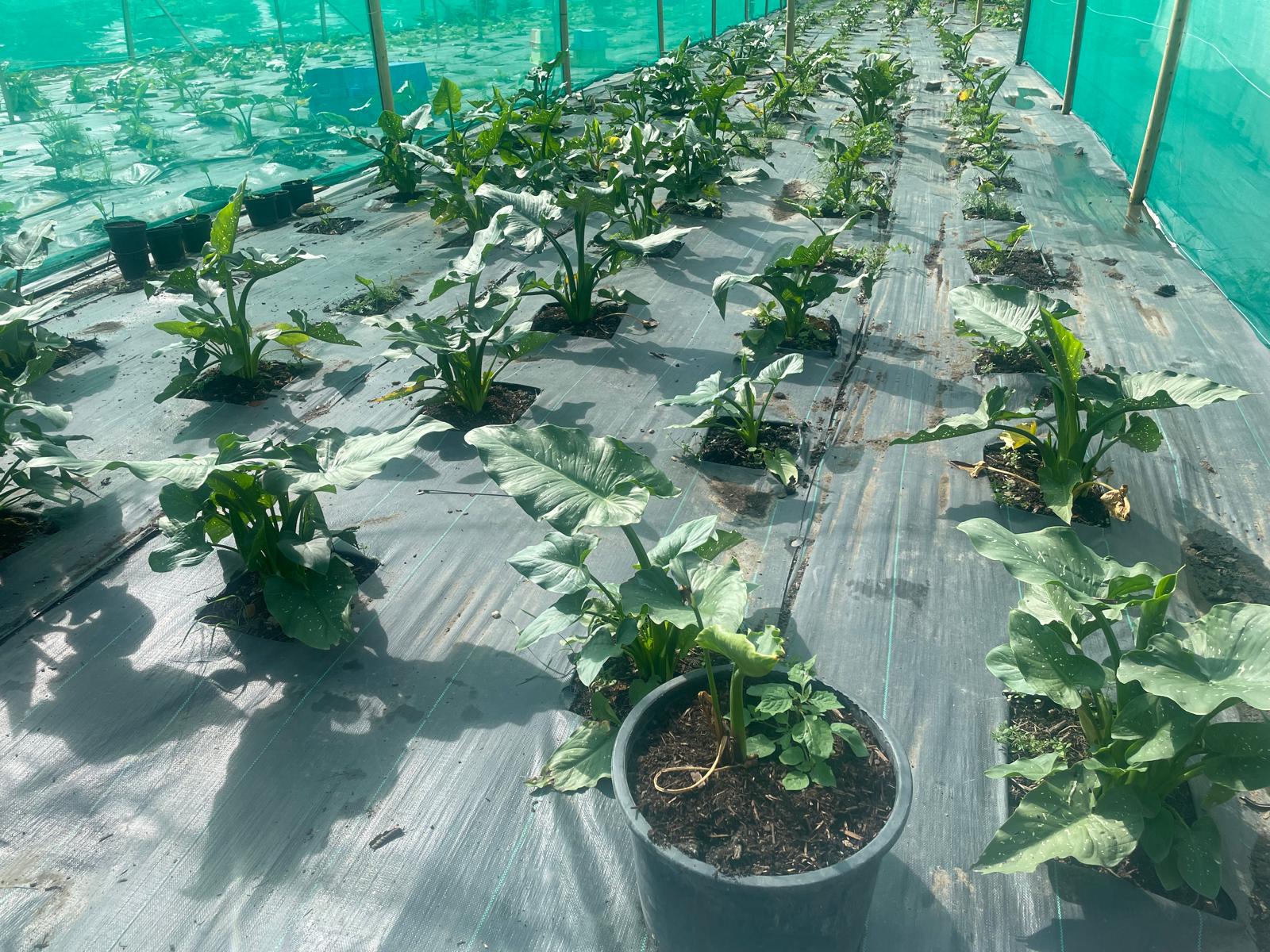Your cart is currently empty!
Unlock the Beauty of Calla Lilies: A Comprehensive Guide to Cultivation

Introduction
Calla lilies, with their exquisite trumpet-shaped blossoms and elegant foliage, are a captivating addition to any garden. Whether you’re an experienced gardener or a beginner, growing these enigmatic blooms can be a rewarding endeavor. This comprehensive guide will equip you with the knowledge and techniques to cultivate thriving calla lilies that will grace your landscape for years to come.
Choosing the Right Variety
With over 2,500 species and cultivars, there’s a calla lily to suit every taste. Here are some popular varieties to consider:
- Zantedeschia aethiopica (Arum Lily): White, trumpet-shaped blooms with a conspicuous yellow spadix
- Zantedeschia elliottiana (Golden Calla): Golden yellow blooms with a prominent spadix and dark green leaves
- Zantedeschia rehmannii (Pink Calla): Soft pink blooms with a slender spadix and upright foliage
- Zantedeschia albomaculata (Spotted Calla): White blooms with distinctive purple spots
- Zantedeschia crowboroughensis (Black Calla): Deep burgundy or black blooms that resemble glossy black velvet
Planting Your Calla Lilies
Soil Preparation
Calla lilies thrive in well-drained soil rich in organic matter. Amend your planting area with compost or manure to improve soil fertility and drainage. The ideal pH range for calla lilies is 6.0-6.5.
Planting Depth and Spacing
Calla lilies are planted with the eye or tip of the rhizome facing up. Plant the rhizomes 4-6 inches deep and 12-18 inches apart. Water the plants deeply after planting to settle the soil.
Caring for Your Calla Lilies
Water Requirements
Calla lilies require regular watering, especially during the growing season. Keep the soil moist but avoid overwatering, which can lead to root rot. Reduce watering frequency during dormancy.
Fertilization
Fertilize calla lilies every 2-3 weeks during the growing season with a balanced fertilizer. Liquid fertilizer can be applied to the soil or foliage.
Temperature and Light
Calla lilies prefer warm, sunny conditions. Provide them with at least 6 hours of direct sunlight per day. They can tolerate light shade, but they may bloom less profusely.
Pruning
Remove spent flower stalks to encourage new blooms. Cut back foliage after it has turned yellow and withered.
Propagating Calla Lilies
Calla lilies can be propagated by division or by seed.
Division
Divide calla lilies in the spring or fall when the plants are dormant. Carefully dig up the rhizomes and use a sharp knife to cut them into pieces, ensuring each piece has at least one eye. Plant the divisions immediately.
Seed Propagation
Calla lilies can be grown from seed, but this method is more time-consuming and less reliable. Sow seeds indoors 6-8 weeks before the last frost date.
Common Problems
Calla lilies are generally low-maintenance plants, but they can occasionally be affected by pests or diseases.
Pests
Aphids, spider mites, and thrips can infest calla lilies. Treat these pests with insecticidal soap or a horticultural oil.
Diseases
Fusarium wilt, Erwinia soft rot, and crown rot can affect calla lilies. These diseases can be controlled by using clean planting material and practicing good garden hygiene.
Conclusion
Growing calla lilies is a rewarding experience that can add a touch of elegance and beauty to your garden. By following the tips and techniques outlined in this guide, you can enjoy the vibrant blooms and lush foliage of these captivating plants for years to come. Remember to choose the right variety for your climate and planting conditions, provide proper care, and address any problems promptly. With a little patience and effort, you’ll be rewarded with a stunning display of calla lilies that will delight your senses and inspire awe in all who behold them.
Looking for services in Golden? You may also like: Flower Delivery 24.
Our Shop
-
Crowborough — Zantedeschia aethiopica ‘Crowborough’
-
Green Goddess — Zantedeschia ‘Green Goddess’
-
Hercules — Zantedeschia aethiopica ‘Hercules’
-
Highveld — Zantedeschia ‘Highveld’
-
Odorata — Zantedeschia odorata
-
Pink Flamingo — Zantedeschia ‘Pink Flamingo’
-
Pink Mist — Zantedeschia ‘Pink Mist’
-
White Giant — Zantedeschia aethiopica ‘White Giant’










Leave a Reply